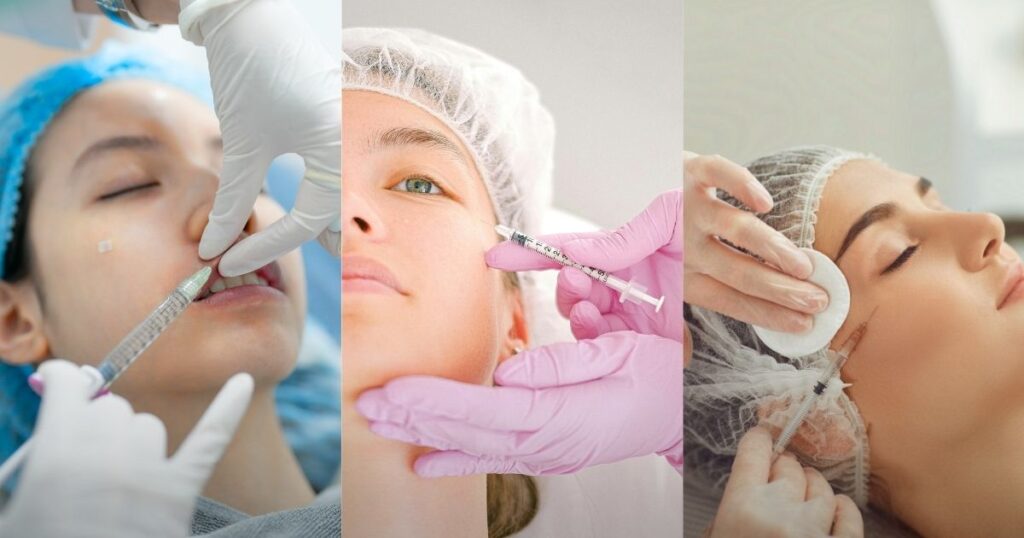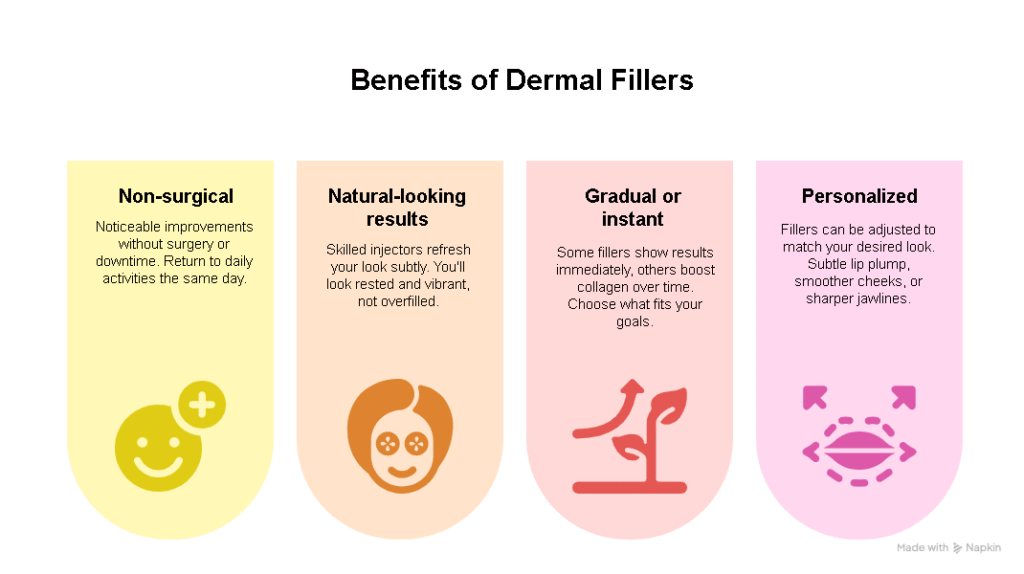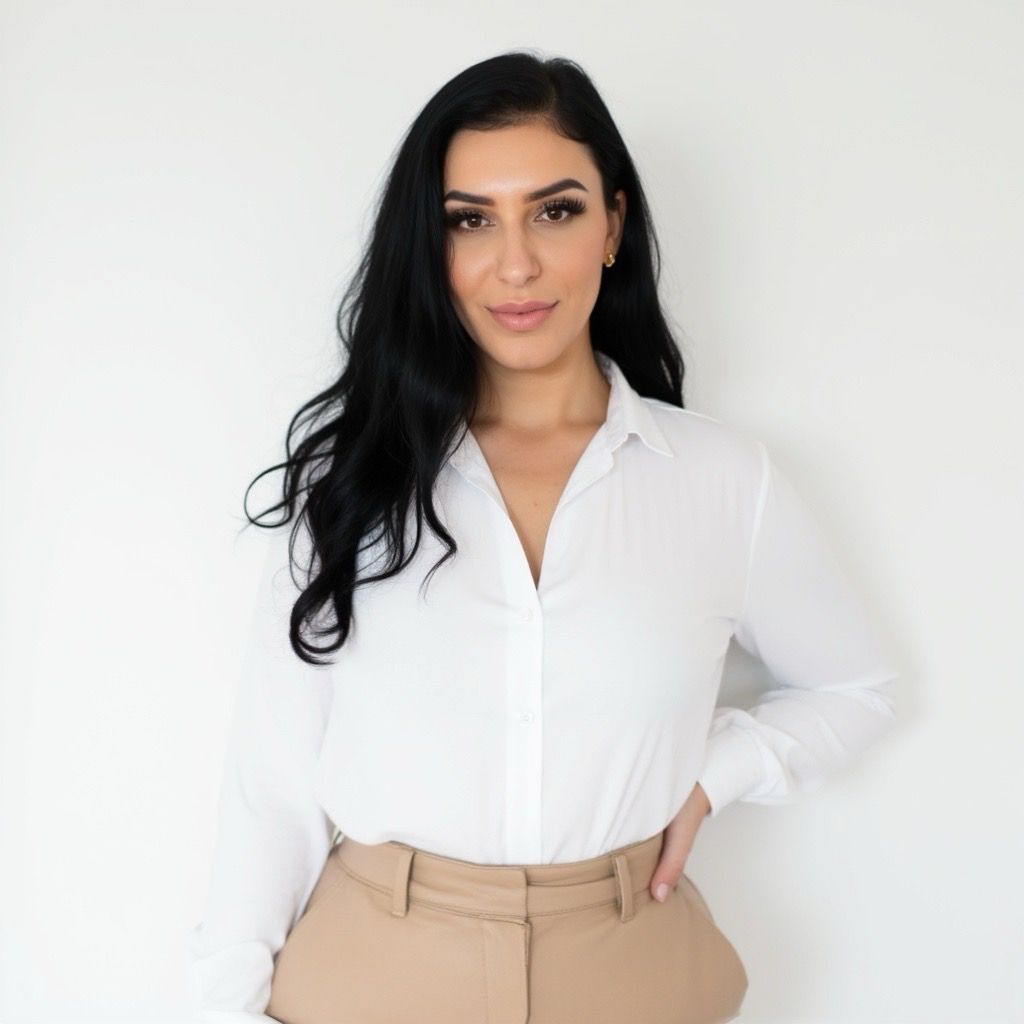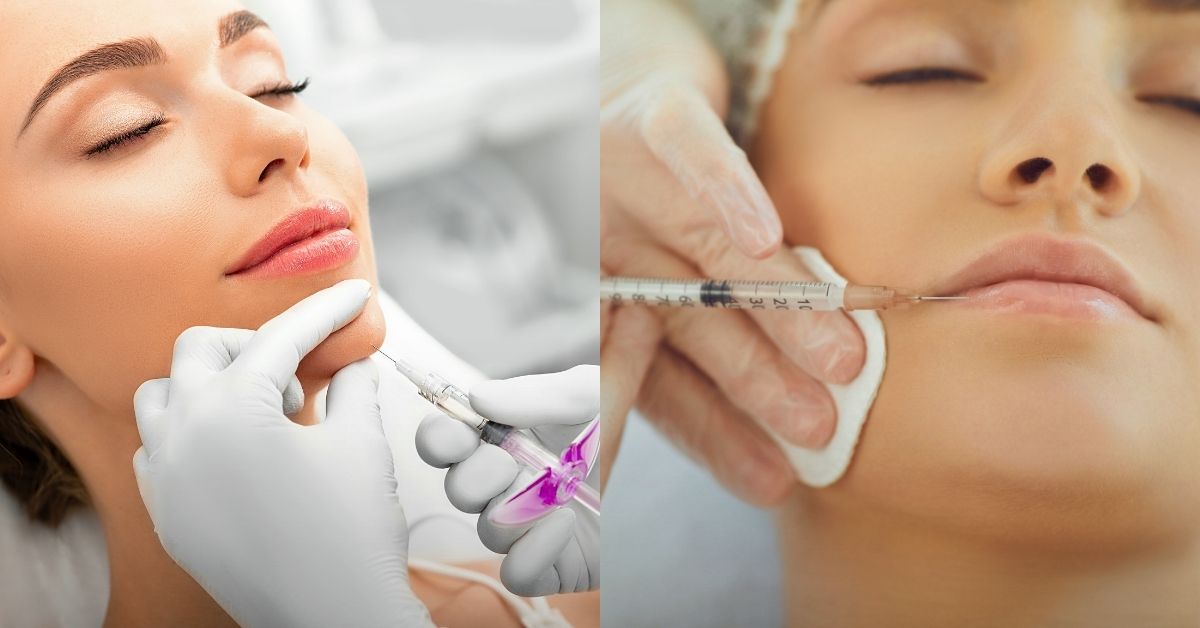Dermal fillers and lip enhancements have quickly become go-to treatments for people who want a fresher, more youthful look without surgery. Whether it’s smoothing out lines, restoring lost volume, or adding natural fullness to the lips, these treatments offer noticeable results with little downtime.
Think of fillers as a way to “top off” what time and gravity have taken, like plumping a deflated cushion or smoothing small dents in a surface. They don’t change who you are; they help you look like a rested, more vibrant version of yourself.
In this article, we’ll break down what fillers are, how they work, the types available, what to expect during the procedure, and how to care for your results. We’ll also cover important safety tips and answer common questions, so you can feel confident and informed if you’re considering treatment. Let’s get started.
What Are Dermal Fillers?
Dermal fillers are gel-like substances injected under the skin to add volume, smooth out wrinkles, and improve facial contours. They work like a “support system” under the skin, filling in areas that have thinned or sagged with age.
People often use fillers to lift cheeks, soften smile lines, reduce under-eye hollows, define the jawline, plump lips, or even rejuvenate aging hands. Each area gets a specific filler chosen for its thickness and texture, depending on the need.
Most fillers are temporary, lasting anywhere from 6 months to 2 years, while a few semi-permanent options can last longer. Temporary fillers are popular because they offer flexibility — if you love the look, you can maintain it; if not, results gradually fade or can often be adjusted.
What Is Lip Enhancement?
Lip enhancement is the use of dermal fillers to add volume, shape, and balance to the lips. It’s not just about making lips bigger — it’s about improving their overall look and feel.
Some people want fuller lips, while others just want better definition or to fix uneven areas. Fillers can also help smooth out fine lines around the mouth and bring back hydration, making the lips look softer and healthier.
The goal is a natural-looking result that fits your face, not an overdone or artificial look. Whether you want a subtle boost or more noticeable volume, your provider can adjust the approach to match your needs.
Types of Dermal Fillers

Not all fillers are the same — each type works a little differently to match different needs and areas. Here’s a simple breakdown.
Hyaluronic Acid (HA) Fillers
Hyaluronic acid is a substance your body naturally makes to keep skin hydrated and plump. As we age, we produce less of it, leading to dryness and loss of fullness. HA fillers, like Juvederm and Restylane, replace that lost moisture and volume.
They’re great for softening fine lines, enhancing lips, and fixing mild volume loss in areas like the cheeks or under the eyes. Since they’re smooth and flexible, they blend well into delicate areas, giving a natural look and feel.
Calcium Hydroxylapatite (CaHA) Fillers
CaHA fillers work a little differently. They use calcium particles suspended in a gel to not only add volume but also stimulate your body to make more collagen — the protein that keeps skin firm.
Because they’re thicker, CaHA fillers are better for deeper wrinkles or adding structure to the cheeks and jawline. They give both an immediate lift and longer-term skin support.
Poly-L-lactic Acid (PLLA) Fillers
PLLA fillers are like “slow builders.” Instead of creating instant volume, they boost collagen production over several months, gradually restoring lost fullness.
These are often used for deeper facial wrinkles or hollow areas, especially when someone wants a subtle, long-lasting improvement without looking like they had something “done” overnight.
Polymethylmethacrylate (PMMA) Fillers
PMMA fillers are a semi-permanent option made with tiny collagen microspheres that stay under the skin to provide ongoing support.
They’re typically used for deep wrinkles, folds, or acne scars where other fillers may not last as long. Since they stay in place, they require a skilled injector to get precise, natural-looking results.
How the Procedure Works
Here’s a quick look at what happens before, during, and after your filler appointment.
Consultation and Assessment
It all starts with a consultation. Your provider will look at your face, listen to what you want, and review your health history to make sure fillers are safe for you. This is when you discuss your goals — whether it’s fuller lips, smoother lines, or more defined cheeks — and get advice on the best approach.
The Injection Process
At your appointment, the provider will clean the area and may apply a numbing cream or use a filler that contains lidocaine to help keep you comfortable. The injections are done with small, fine needles, focusing on specific points to shape and smooth the area.
The whole process usually takes 15 to 60 minutes, depending on how many areas you’re treating.
Immediate Aftermath
Right after, you might notice mild swelling, redness, or tenderness — this is normal and usually fades within a few days. Many people see some improvement right away, but the full effect often settles in over the next few days as the filler settles and swelling goes down.
Benefits of Dermal Fillers and Lip Enhancements

One big reason people love fillers is the mix of convenience and results. Here are five key benefits:
- Non-surgical with little downtime
You can get noticeable improvements without going under the knife or taking time off work. Many people return to daily activities the same day. - Natural-looking results
When done by a skilled injector, fillers refresh your look without making you appear “done” or overfilled. You’ll still look like you — just a bit more rested and vibrant. - Gradual or instant improvements
Some fillers show results right away, while others work over time by boosting collagen. This lets you choose what fits your comfort and goals. - Personalized to your needs
Fillers can be adjusted to match what you want — whether that’s subtle lip plump, smoother cheeks, or sharper jawlines. - Boosts confidence
Small changes can have a big impact on how you feel, often giving people a fresh sense of self-confidence.
Risks and Considerations
Like any cosmetic treatment, dermal fillers come with some risks — most are minor, but a few need real attention.
Common Side Effects
After treatment, it’s normal to have some bruising, swelling, redness, or mild discomfort at the injection site. These usually go away within a few days and can be eased with ice packs and rest.
Less Common Risks
In some cases, you might notice small lumps, uneven results, or an allergic reaction. These issues often need follow-up care but are usually fixable.
Rare Complications
The most serious risk is vascular occlusion, where filler accidentally blocks a blood vessel. This is rare but needs immediate medical care to prevent skin damage. It’s a major reason why you should only trust experienced providers.
Importance of Choosing a Qualified Injector
Your results — and your safety — depend on the person holding the needle. Make sure your injector has solid training, experience, and knows facial anatomy well.
Before you book, ask questions like:
- How often do you perform filler treatments?
- What brands do you use and why?
- What steps do you take if something goes wrong?
Aftercare and Maintenance
Taking care of your skin after fillers helps you get the best results and avoid problems. Here are five simple tips to follow:
- Skip heavy exercise and alcohol for 24 hours
This helps reduce swelling and bruising since both can raise blood flow and make the area more irritated. - Avoid extreme heat or cold
Stay away from saunas, hot showers, or ice packs directly on the skin right after treatment — let your skin settle first. - Use gentle cooling if needed
If you have swelling, a cool (not frozen) compress can help. Light pressure is enough — no rubbing or pressing hard. - Plan for touch-ups
Most fillers last 6 to 18 months, depending on the type and area. Ask your provider when you might need a small top-up to keep the look fresh. - Follow your provider’s advice
Everyone’s skin is different. Your injector may give you personalized care tips — stick to them for the best and safest results.
Conclusion
Dermal fillers and lip enhancements aren’t about changing who you are — they’re about helping you feel your best in your own skin. With the right approach, they can restore balance, smooth out signs of aging, and give subtle boosts where you want them most.
But here’s the key: success doesn’t come just from the product — it comes from the hands and experience of the person you trust to do it. A skilled injector knows how to work with your unique features, understands when less is more, and helps guide you toward results that look natural, not obvious.
If you’re curious, start with a consultation. Ask questions, share your goals, and learn what’s realistic for you. With the right care, fillers can be a simple yet meaningful way to refresh your look and confidence — no drastic change required.

